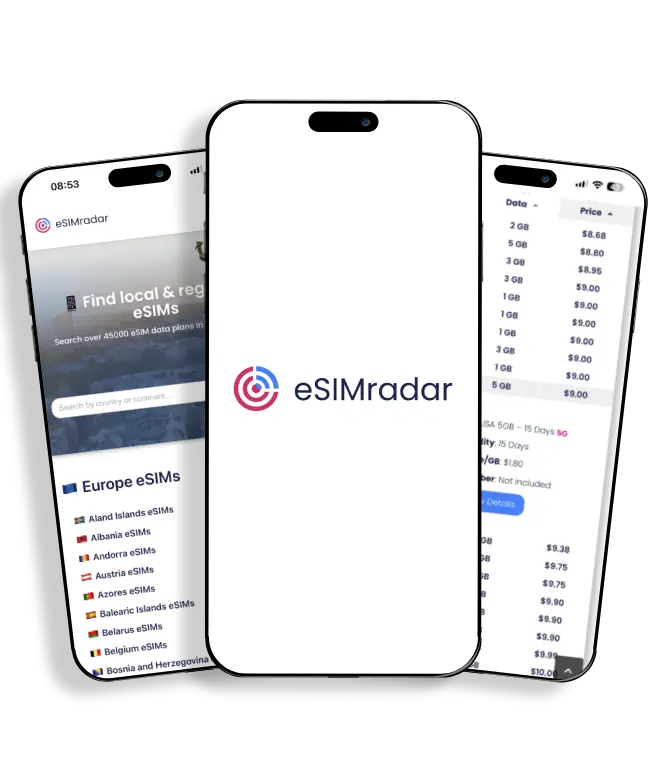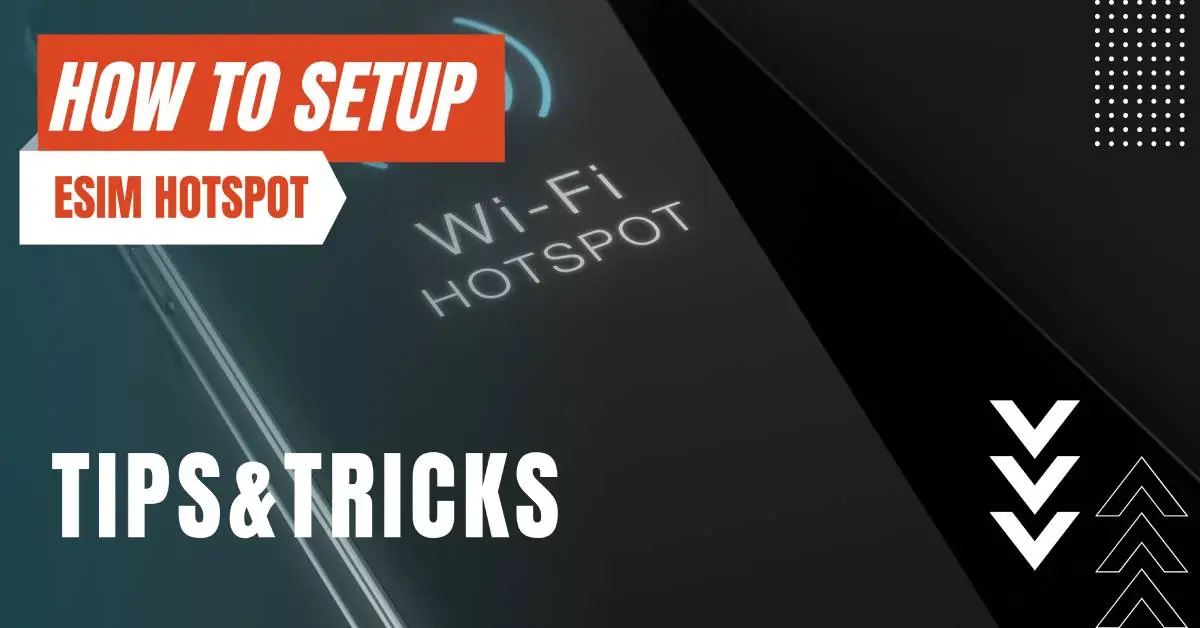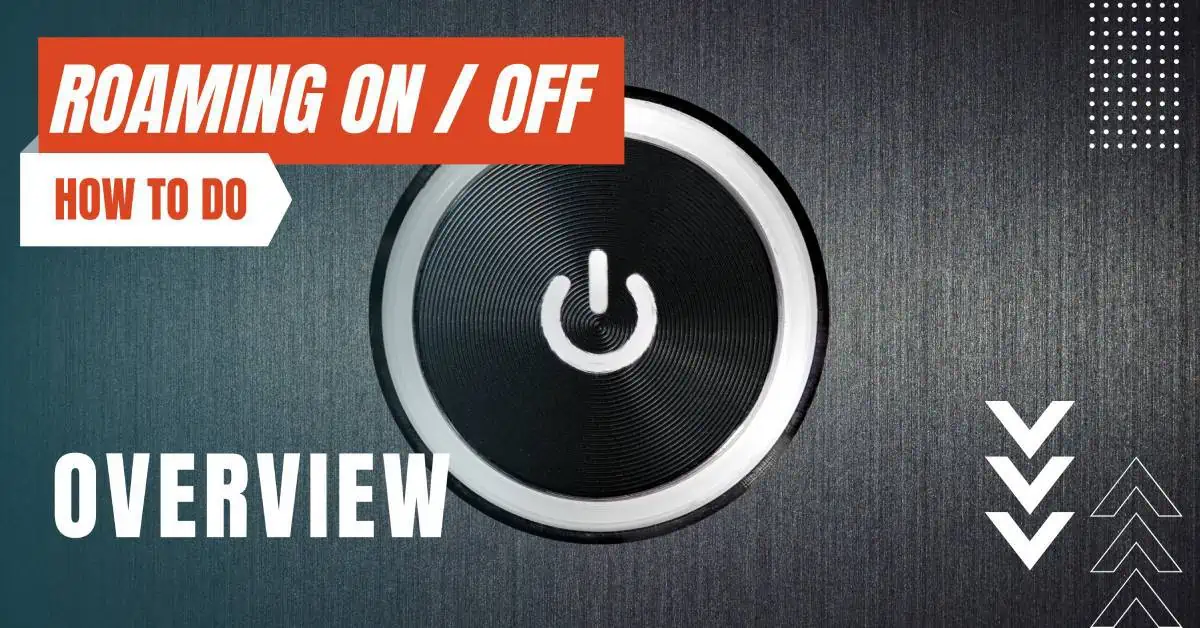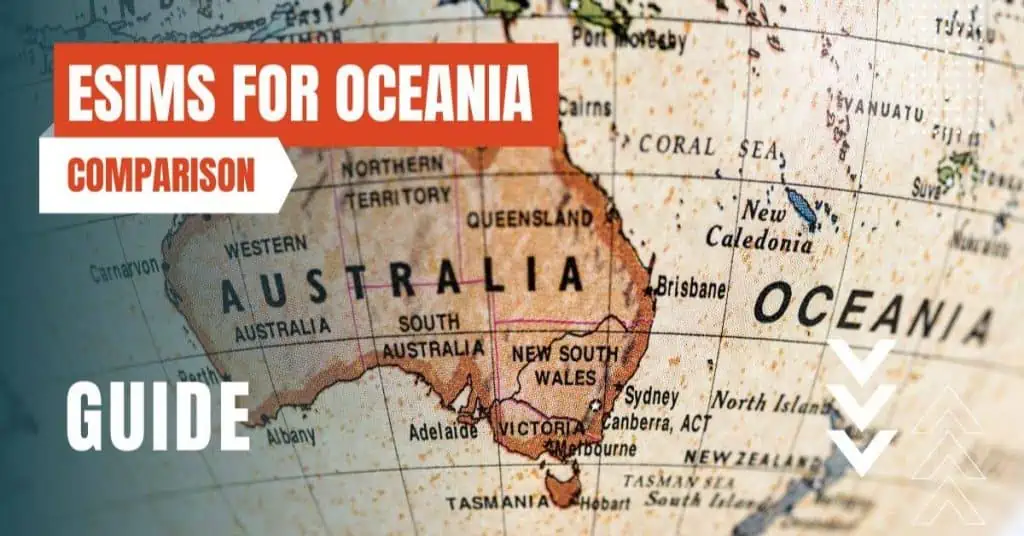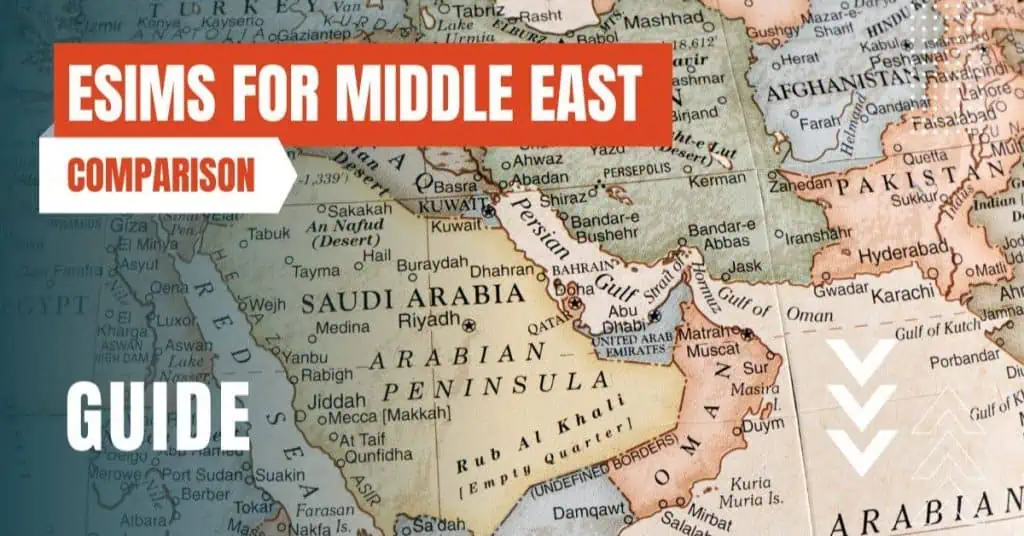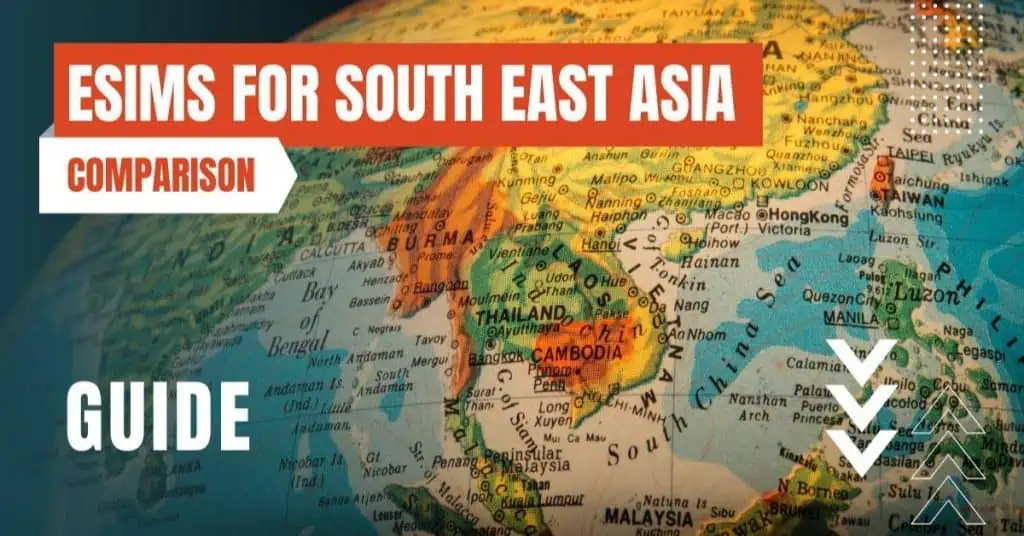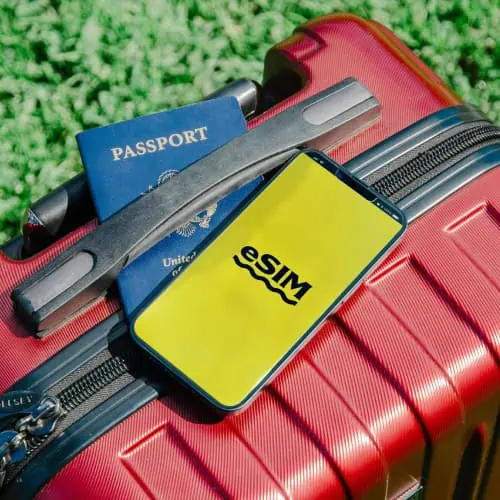All of the products and services we feature are chosen independently. If you click through links we provide, we may earn a commission. Learn more
Written by: Emily Chen
What is Data Roaming?
- Updated: September 30, 2023 | Published:
When you travel abroad, you may notice that your mobile device is still able to connect to the internet and make calls. This is thanks to data roaming, which allows you to use your device in a foreign country.
However, it’s important to understand that data roaming can come with added costs, so it’s important to be aware of how it works and how to manage it.

What is Data Roaming?
Data roaming is a service that allows you to use your mobile device outside of your home network. When you travel abroad, your device will automatically connect to a foreign network, which will allow you to make calls, send text messages, and use the internet.
This is made possible through agreements between mobile network operators, called roaming agreements, which allow customers of one network operator to use the network of another operator when they are traveling outside their home network coverage area.
How Data Roaming Works
When you travel to a foreign country, your device will automatically connect to a local network. This network will provide you with a signal for your device to use, which will allow you to make calls, send text messages, and use the internet.
However, it’s important to note that the costs for using these services can vary depending on the country you’re in, and they can be quite high. This is because roaming charges are usually higher than domestic charges, and can vary depending on the country, network operator, and type of service used.
When you travel abroad or go somewhere not covered by your carrier’s network, your phone may not be able to connect to your carrier’s towers. In that case, your phone can connect to other networks instead.
These networks are called roaming partners because they have an agreement with your carrier to provide service to their customers.
When you use a roaming partner’s network, you are using data roaming. This means that you are using their resources and bandwidth to access the internet and other services on your phone
Managing Data Roaming
To avoid unexpected charges, it’s important to manage your data roaming usage while traveling. One way to do this is to turn off data roaming on your device, which will prevent it from connecting to a foreign network. This will prevent you from using the internet, but it will also prevent you from being charged for data usage.
Another way to manage data roaming costs is to purchase a local SIM card or an eSIM. This will allow you to use a local network while abroad, which can be much less expensive than using your home network. By using a local SIM card, you can take advantage of local rates and plans, which can save you a significant amount of money on roaming charges.
Additionally, a lot of carriers have international plans available which you can purchase before you travel, it will give you a fixed rate for data, text and calls in that country, which will help you budget better. This can be a great option if you plan on using your device frequently while traveling.
Why Is Data Roaming Expensive?
Data roaming can be very expensive because it involves extra costs for both your carrier and the roaming partner. Your carrier has to pay a fee to the roaming partner for every megabyte of data that you use on their network. The roaming partner also has to invest in infrastructure and maintenance to provide service to visitors from other countries.
These costs are usually passed on to you as a customer through higher rates for data roaming. Depending on your plan and destination, data roaming can cost anywhere from a few cents to several dollars per megabyte of data used.
This means that if you use data-intensive apps or services such as streaming videos, downloading files, or browsing social media while data roaming, you can end up with a huge bill at the end of your trip
How Can You Avoid Paying for Data Roaming?
The best way to avoid paying for data roaming is to turn it off on your phone before you leave your home country or enter an area without coverage from your carrier. You can do this by going into your phone settings and disabling the option for cellular data or mobile data while roaming. This will prevent your phone from connecting to any network other than your carrier’s.
Another way to avoid paying for data roaming is to use Wi-Fi whenever possible while traveling abroad or outside coverage areas. Wi-Fi is usually cheaper or free compared to cellular data and does not incur any extra charges from your carrier or the roaming partner. You can find Wi-Fi hotspots at hotels, airports, cafes, restaurants, museums, and other public places.
A third way to avoid paying for data roaming is to buy a local SIM card or a prepaid Travel eSIM card when you arrive at your destination country. A SIM card is a small chip that contains information about your phone number and plan.
By replacing your original SIM card with a local one, you can access the local network at lower rates than data roaming. However, you need to make sure that your phone is unlocked (meaning it can work with any SIM card) before doing this.
A fourth way to avoid paying for data roaming is to use an app or service that allows you to make calls, send texts, and use wireless data over Wi-Fi instead of cellular networks. Some examples of these apps are WhatsApp, Skype, Viber, Facebook Messenger, and Google Hangouts.
These apps let you communicate with anyone who has the same app installed on their device without using any cellular data. However, you need to have a reliable Wi-Fi connection and be aware of any fees charged by the app provider.
Final Thought
Data roaming is a service that allows you to use your mobile device while traveling abroad, but it can come with added costs. By understanding how data roaming works and managing your usage, you can stay connected while traveling without breaking the bank.
Whether you choose to turn off data roaming, purchase a local SIM card or international plan, it’s important to be aware of the costs associated with data roaming and to take steps to manage them. With a little bit of planning and preparation, you can stay connected while traveling without worrying about high roaming charges.
By entering your email & signing up, you agree to receive promotional emails on eSIMs and insider tips. You can unsubscribe or withdraw your consent at any time.

About The Author
Spread the Word, Share the Joy
Compare eSIMs
Why keep the secret to yourself? Spread the joy of eSIMradar and let everyone in on the eSIM experience!

Easy eSIM Comparison for Your Needs
Simplifying your search! Easily compare eSIM plans tailored to your specific needs

Coverage in 210+ Countries
Benefit from our extensive eSIM comparison with 30+ providers in over 210 destinations.

Save money without second-guessing
Our platform helps you maximize value, ensuring competitive prices.

Enjoy Hassle-Free Travel Abroad
Whether you’re on holiday or a business trip abroad, stay connected with ease and focus on enjoying your experiences,
Find Your Perfect eSIM & Exclusive Deals!
Find your ideal eSIM effortlessly and stay connected in style wherever your adventures take you! Get exclusive deals and discounts at your fingertips, ensuring you get connected for less on your travels!
